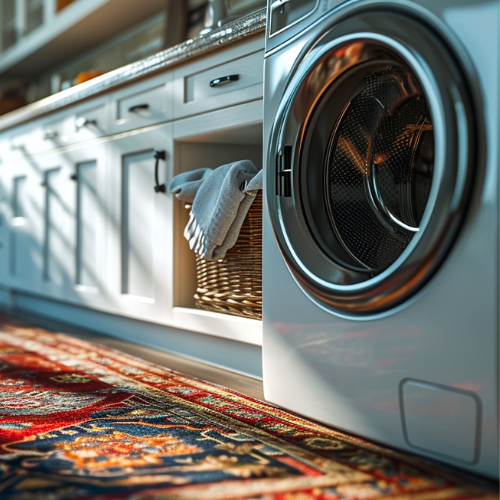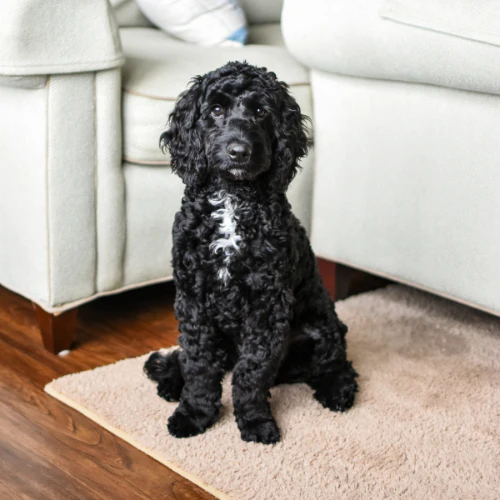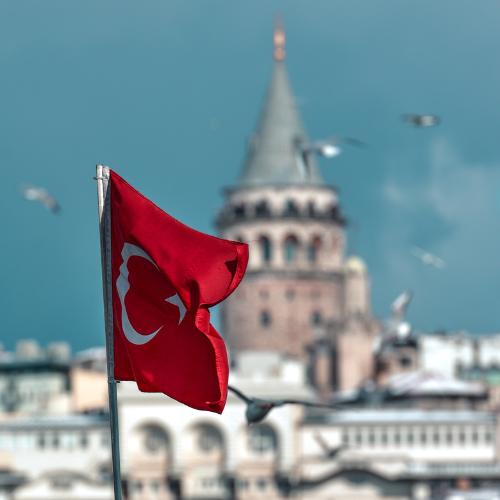Antique Anatolian Kirsehir Mucur Handwoven Kilim Rug (2.95 ft. X 5.90 ft.) (90 cm x 180 cm) - Vintage Turkish Carpet
- Free Shipping & Free Return
- Delivered in est. 1 week
- Free shipping on all orders
- Easy 14-day returns
- "No questions asked" return policy
- We ship standard size rugs every Wednesday and Friday. Orders placed on Monday are shipped on the following Wednesday.
- Custom size orders require one week for production.
- Handmade rugs typically ship within 1-2 days after ordering.
Carpet Details :
Most important info :
Unfortunately, Kirsehir mucur carpets are now produced in very few numbers.
The number of producers has decreased considerably.
That's why it is one of the rare handmade rugs you can find on etsy.
Size :
(2.95 ft X 5.90 ft)
90 cm x 180 cm
Condition of the carpet : Washed, cleaned. Ready for use
Material : Natural Wool
Pictures : I take all my pictures living room so you can see all the colors same as is.
Photos taken with iphone 14 pro max.
You can use this areas : Office, Under Table , Entryway, Bed room, Kids Room, Guest room, Living room, Dining room, Wall Decor
About Kirsehir Mucur Carpets :
It is woven with wool material with double knot technique and colored with root and natural dyes.
Red, brown, yellow, blue, purple and green colors dominate the carpet. Carpets of the mentioned centuries are surrounded by three belts that are growing from outside to inside. On the first border, triangles in sawtooth color, placed in an inverted flat, are seen. On the second side, which is slightly enlarged, there are house-like motifs placed symmetrically and constantly repeated. On the innermost wide water, there are multi-petaled ball flowers that fill the rhombuses inside the squares. The flowers are embroidered with one light and one dark color. On the corners, which fill the edge of the lozenge pattern and complete the square, patterns similar to the “elibelinde” motif, which are also decorated with a light and dark color, draw attention.
The carpet floor is surrounded by a thin border of lozenge-shaped patterns adorned with flowers. There is often a one-way mihrab in the middle area. The mihrab is surrounded by two, three and sometimes four belts and rises narrowly as a ladder. It ends with the “elibelinde” motif at the apex. On the corners of the carpet, there are triangular motifs lined up side by side, which today is known as "water oil lamp" among the people.
At the beginning of the 20th century, mucur carpets continue the tradition of the previous period, except for small details, in terms of type and pattern. However, some changes are seen in terms of material and color. Synthetic dyes replace root and natural dyes, and cotton replaces wool yarn.
The tradition of carpet weaving in Mucur has been continuing since 1950 in the center of Mucur and in Şatıroğlu, Dalakçı, Acıöz, Gümüşkümet, Budak, Yazıkınık villages. In today's mucur carpets, the warp and weft thread is cotton, and the knot thread is wool. More ready-made factory yarn is consumed. Carpet weaving loom is called “ıstar” in the region. Until the 1950s, vertical linings with grooved side boards, one end resting on the ceiling and one end buried in the ground, were used. After this date, modern Istars with “vice” developed. Carpet is made of cleaned fleece with warp and weft thread. Loop fleece is separated by hand. The wick is made and the rides are obtained. It is spun with a spinning wheel, rammed, blasted, painted. Warp threads are made 4-5 times in order to be durable. The warp thread is not dyed. During touching, “kirkit, scissors, knife and comb are used. Turkish knot technique is used in weaving.
On a carpet, there are "narrow water, chest, ball and corner" sections in local words from outside to inside. Each of these is decorated with separate patterns. The edges of the patterns are surrounded by a second line called “tilif”, while the model name is said, it is said to be “with or without tilif”.
Today's carpets have small, triangular motifs placed on the narrow water. In place of these patterns, which are known as "rat tooth" among the people, sometimes the motif of "the bride crying" can be seen. The pattern that got this name at the end of "the new bride who does not know folk weaving, crying uncontrollably in the face of the difficulties she experienced during her first learning of carpet weaving" actually consists of flower or leaf patterns placed upside down.
Carpet core in mucurda is generally called ball. Today, the woven prayer rugs are generally rounded. In the examples without cannon, several altars intertwined with the altar are processed today. A separate equivalence is engraved on the floor of each altar.
Symbolic motifs are also seen in Mucur peoples (hand, foot). These patterns, which are mostly seen in pillow carpets, are embroidered in the corner part of the carpet. Since the "hand" motif, which looks like a human hand, is also likened to an animal claw, it is also known as the "veil". The "foot" motif is referred to as the "wolf" and the comb.
In the Mucur carpets woven in the 1950s, mostly prayer rug pillows, cedar (divan) and floor carpet types were common. In recent years, examples other than pillows and cedar carpets have been abandoned. Pillow rugs are usually 100*60 cm in size. And it touches as a team. Among the people, 6 pillows are called a set. The patterns of these carpets, which are woven in succession, are uniform.
Cedar carpets are generally 3, 50 – 4 m. It is in its dimensions. They touch to be laid on the cedar. These examples, which are also known as "serendaz" (head carpet) among the people, "were laid on the sofas under the windows in the rooms in the past, or in the middle of the room, and the spaces on the edges were filled with prayer rugs", therefore they were called "head carpets".


























